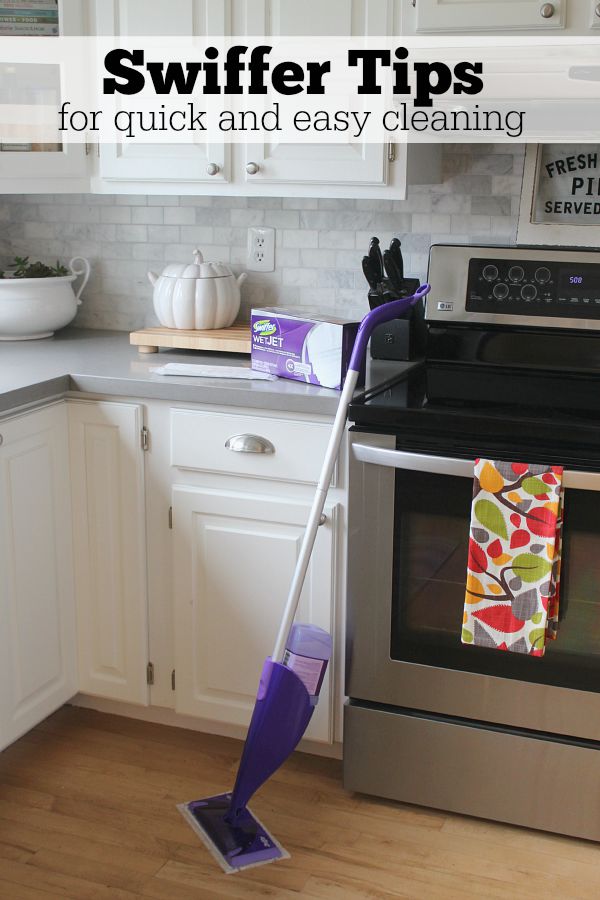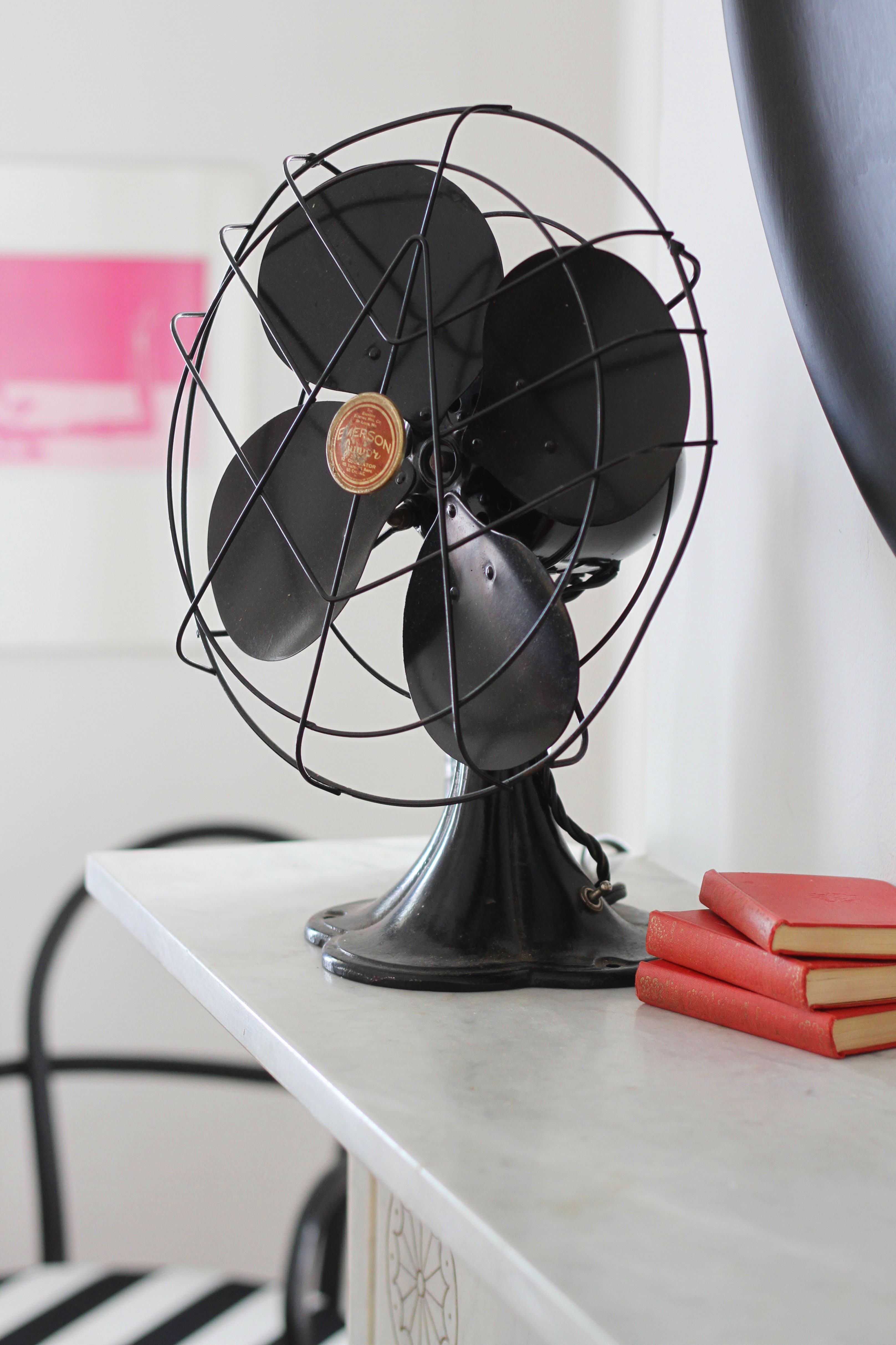
People are increasingly concerned about the health risks they face from their home environment. Research has shown indoor air can be up to five times as polluted as outdoor air. This includes harmful chemicals under the sink, gas appliances, and paint fumes. It can also be affected if there are structural problems such as mold. Find out how to treat them and the possible causes.
Signs
Sick Building Syndrome is an uncomfortable condition that can be caused by the presence or ingestion of certain chemicals and biological pollutants in your home. These chemicals can be found within your home, in your water, food and cleaning products. Exposure to these chemicals can cause symptoms like headaches, fatigue, confusion, and irritated eyes. Some people can develop long-term medical conditions, such as asthma. This may require medication.

Sick Building Syndrome symptoms may mimic the symptoms of other illnesses like the common cold. Symptoms of Sick Building Syndrome usually disappear once you leave a building. It is possible that you have SBS if these symptoms are persistent for more than a week.
The causes
Keep your home clean and avoid spreading the cold. A sick child should be kept at least a metre from everyone else in the house. If you are in the same room with a sick person, it is a good idea to wear a mask. For the common cold virus to be eradicated, you must also use a mask.
Use caution when handling tissues. Use tissues to sneeze into. Also, you should throw out used tissues. Make sure to wash your hands after using utensils and glasses. Label your cups with the name and address of the sick person, and avoid any close contact with them. Also, make sure to eat a healthy, balanced diet, exercise, manage your stress levels, and keep fit.
Prevention
Good hygiene will help to reduce the chances of you getting sick in your home. You should avoid touching surfaces that have germs. You should also wash your hands thoroughly before touching your face. There are numerous sources of germs in your home, and each one can survive on different surfaces for different periods of time. You must disinfect any surfaces that you touch frequently, such as doorknobs or counters, light switches, and remotes for TVs.

To avoid getting a common cold, you can keep your hands clear. Hand washing is a must, especially after touching infected people. Don't share food or drink containers with people who are sick.
FAQ
Do I need to wear gloves while cleaning?
Yes, you should always wear gloves while cleaning. Gloves keep your hands clean and protect them from cuts and dirt. They prevent germs and bacteria from spreading.
How many people should you invite to help clean your house?
Two people should be sufficient to clean a small house. But if you have a very large house, you might want to ask more than three people.
What is the average time housecleaners work?
Most cleaners work Monday to Friday from 9 am to 6 pm. Some companies offer Sunday and Saturday services.
Many cleaners offer cleaning services that are available after school and on weekends.
How often should I vacuum my house?
Vacuum at least once a week. Vacuuming helps remove dirt from your carpet and keeps it looking fresh.
What is the best product you can use to disinfect your house?
Lysol Disinfectant Spray is the best disinfectant because it kills 99.9% allergens on contact. It leaves surfaces clean and fresh-smelling.
Statistics
- You can estimate that payroll taxes will cost 18 percent of your labor cost, according to Cleaning 4 Profit. (freshbooks.com)
- A single-family home should cost $120 to $150 to clean, according to Home Advisor. (freshbooks.com)
- House cleaners on the lower end of that spectrum, the bottom 10% to be exact, make roughly $21,000 a year, while the top 10% makes $36,000. (zippia.com)
- You should add 50 percent to cover these costs. (freshbooks.com)
External Links
How To
Tips to keep your house clean and organized
You'll have a much easier time organizing your home if you know how to do it correctly.
First, take inventory of what you own. Take inventory of all your belongings and list any that you no longer use. The next step is to go through all of your belongings and decide which items should remain in your home forever and which items can be sold or donated to charity. Some of your belongings might be sold online. These sales can help you pay some bills.
Next, go through your house and sort out what stays. First, empty the dishwasher. Put clothes in the drawers. Next, fold your laundry and place it inside the closet. If clutter is an issue, you can try to clean up the areas where you spend the majority of your time. You could possibly move your furniture around to make room for storage containers. Maybe you could reserve a certain area to store toys, books and other games.
Once you have cleared out all your possessions you can begin to clean up your home. You can begin to clean out your home by removing posters, pictures and other artwork. Eliminate clutter from shelves, tables, or counters. Get rid of old newspapers and magazines. Don't forget to clean up after your self by picking up trash, emptying garbagebaskets, vacuuming floors and dusting surfaces.
The best way to keep your home clean is to start small. It will be easy to get comfortable with doing small tasks like these. So, when you have extra time, try tackling a more extensive project, such as organizing your garage, basement, attic, or kitchen.